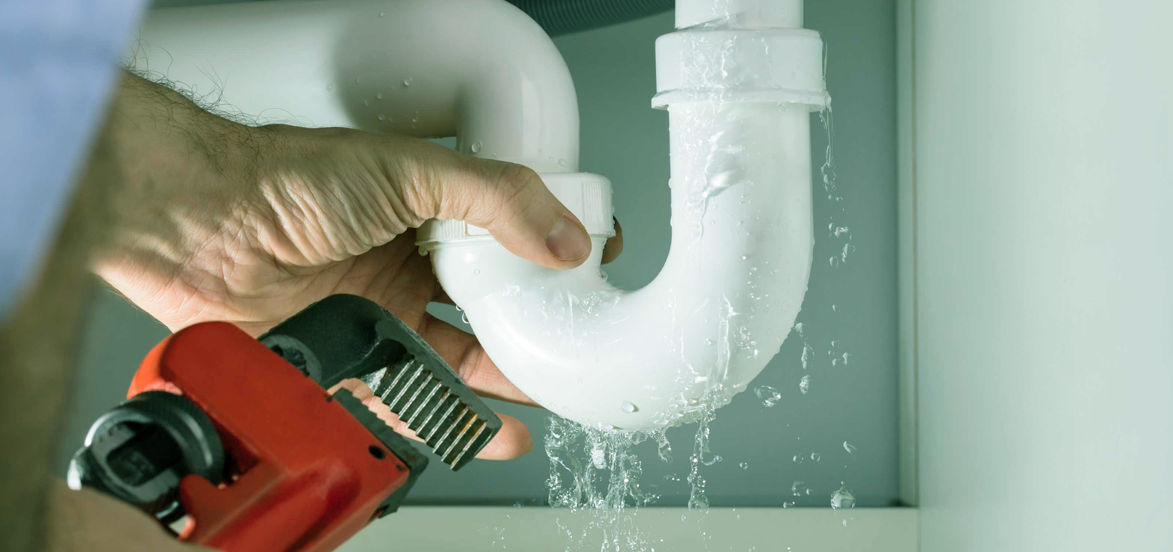Here in the next paragraph you can locate lots of sound insights related to Locating water leaks.

Early discovery of leaking water lines can alleviate a potential catastrophe. Some little water leakages may not be noticeable.
1. Examine the Water Meter
Every house has a water meter. Examining it is a proven manner in which helps you discover leaks. For starters, turn off all the water resources. Guarantee no person will certainly purge, use the faucet, shower, run the cleaning device or dishwasher. From there, most likely to the meter and also watch if it will alter. Considering that nobody is utilizing it, there should be no activities. If it moves, that indicates a fast-moving leak. Similarly, if you discover no changes, wait a hr or two and inspect back once again. This means you might have a sluggish leakage that might also be underground.
2. Examine Water Usage
If you spot sudden modifications, despite your consumption being the exact same, it means that you have leaks in your plumbing system. A sudden spike in your expense indicates a fast-moving leakage.
A stable boost every month, even with the exact same habits, shows you have a sluggish leak that's additionally gradually intensifying. Call a plumber to completely inspect your property, especially if you really feel a warm area on your flooring with piping beneath.
3. Do a Food Coloring Examination
When it concerns water intake, 30% comes from toilets. Test to see if they are running appropriately. Drop flecks of food color in the container and also wait 10 minutes. If the color somehow infiltrates your dish during that time without flushing, there's a leak between the storage tank and bowl.
4. Asses Exterior Lines
Don't neglect to inspect your exterior water lines too. Test spigots by connecting a yard hose. Needs to water leak out of the connection, you have a loose rubber gasket. Replace this and make certain all links are tight. It will assist get it skillfully checked out and also maintained annually if you've obtained a lawn sprinkler system. One small leak can squander tons of water and spike your water costs.
5. Evaluate as well as Examine the Scenario
Home owners need to make it a routine to examine under the sink counters and also even inside cabinets for any kind of bad odor or mold and mildew growth. These 2 red flags show a leakage so prompt interest is required. Doing routine assessments, also bi-annually, can conserve you from a major issue.
Examine for stainings and weakening as many pipes and home appliances have a life expectations. If you believe dripping water lines in your plumbing system, don't wait for it to escalate.
Early discovery of dripping water lines can reduce a potential catastrophe. Some small water leaks might not be visible. Examining it is a proven way that assists you uncover leaks. One tiny leak can throw away lots of water and spike your water bill.
If you believe leaking water lines in your plumbing system, don't wait for it to escalate.
WARNING SIGNS OF WATER LEAKAGE BEHIND THE WALL
PERSISTENT MUSTY ODORS
As water slowly drips from a leaky pipe inside the wall, flooring and sheetrock stay damp and develop an odor similar to wet cardboard. It generates a musty smell that can help you find hidden leaks.
MOLD IN UNUSUAL AREAS
Mold usually grows in wet areas like kitchens, baths and laundry rooms. If you spot the stuff on walls or baseboards in other rooms of the house, it’s a good indicator of undetected water leaks.
STAINS THAT GROW
When mold thrives around a leaky pipe, it sometimes takes hold on the inside surface of the affected wall. A growing stain on otherwise clean sheetrock is often your sign of a hidden plumbing problem.
PEELING OR BUBBLING WALLPAPER / PAINT
This clue is easy to miss in rooms that don’t get much use. When you see wallpaper separating along seams or paint bubbling or flaking off the wall, blame sheetrock that stays wet because of an undetected leak.
BUCKLED CEILINGS AND STAINED FLOORS
If ceilings or floors in bathrooms, kitchens or laundry areas develop structural problems, don’t rule out constant damp inside the walls. Wet sheetrock can affect adjacent framing, flooring and ceilings.
https://www.servicemasterbyzaba.com/blog/how-to-detect-water-leakage-in-walls/

As a keen person who reads about Leaking water lines, I imagined sharing that topic was sensible. If you please set aside a second to share this content if you liked it. Thanks a lot for your time. Come back soon.